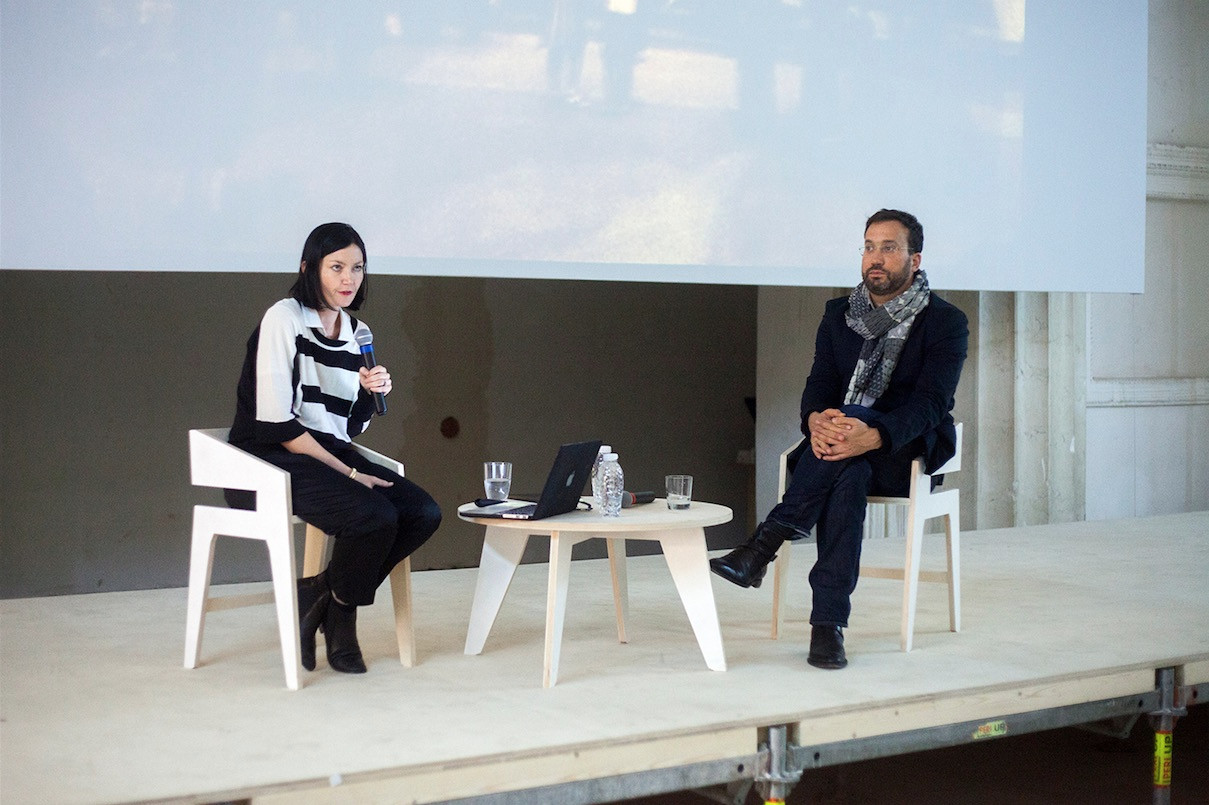Cloud as a radical transformation of architecture
Eyal and Ines Weizman delivered two presentations on the resistance to the system in Eastern Europe and the Middle East, dedicated to dissidents and activists. Andrey Shental comments on their talks.

In the second half of 1990s philosopher Catherine Malabou suggested an original ontological concept for describing modernity. Stepping aside from the position of her teacher Jacques Derrida and his notion of archi-writing, which described the situation of omnipresent textualization and self-erasure that became relevant in the 1960s, Malabou writes about plasticity — reciprocal capacity of bestowing and assuming forms. Malabou appropriates this idea from Hegel’s philosophy as well as the histology and neuroscience, where this term describes capacity of living tissue to recuperate after the damage. However the philosopher believes that plasticity can be both “good”, as in the case of post-traumatic convalescence and restructuring of the brain (when survived cerebral hemisphere takes functions of the lost part), and destructive. Destructive plasticity, like an explosion, instantaneously destroys the personality, transforming the person into a completely different human being. According to Malabou, this is what happens with ageing, which is no longer a gradual process.
Theorist Eyal Weizman’s reading of architecture is surprisingly similar to Malabou’s ontological project, even though he does not directly refer to her ideas. In his lecture Weizman showed that architecture, contrary to the traditional views of it, is not static. He claims that architecture is elastic, that it has an inherent dynamism, for which he uses metaphor of “viscosity.” Interestingly enough, Weizman doesn’t simply claim that interior is rebuilt, changing the navigation, or that the shifting of geopolitical borders transforms the manner of space occupancy in the city, which to a certain extent corresponds to Malabou’s “good plasticity.” The most striking thing in his thesis is that the exploded buildings — and his project “Forensic architecture” researches documentation of such explosions — become a radical continuation of their transformation. Concrete dust, tiny particles of plastic and even remains of human bodies morph the building into an architectural cloud. Construction and destruction are not juxtaposed against each other, but, to the contrary, form a continuity, as two ways of giving shape to the space. In this sense, annihilation of an edifice can be called the destructive, explosive plasticity, that continues its life in the amateur images and Youtube video clips.
